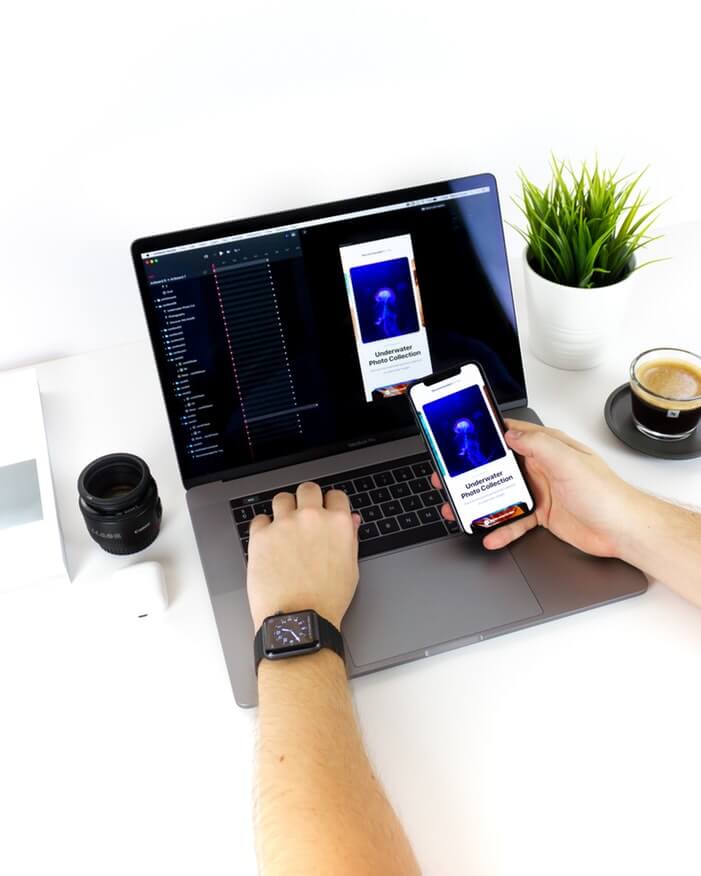In the internet era, the mobile application testing is binary and weird at the same time as we all know there is no mid-ground; either you lose or win as there’s no going back. There has been increasing use of smartphones, tablets, and other mobile devices that have accelerated mobile applications and its testing indefinitely. Mobile devices are becoming the most recognized standards for communication for users and also for the business across the globe. In present times, the mobile applications are a mediator in driving personal and professional interactions.
Mobile applications have put industry procedures into the hands of consumers by largely influencing their judgments and running with the help of them. The most common element one checks when using a mobile app is to ensure that it covers the customer expectations and business objectives by following a specific mobile app testing strategy. Similar to any desktop or web app testing, mobile application testing hones in on the quality and performance of the end product. Let us look after a few app testing ways to try your hands on.
Ensure a High-Quality App
In such a competitive business environment, the mobile app development company needs to adopt new changes and respond to them quickly by delivering a stream of new ideas and features into the market. There are always some little practices which you can follow to test your mobile app in order to figure out any bugs. A continuous integration pipeline s essential to ensure you have a reliable set of unit, integration, and end to end tests to identify your app’s critical flows. You can also automate the tests around this pipeline. It is better not to overtest; all that matters is the fast feedback which can be known if your app has broken a critical flow. There is a plethora of mobile devices and operating systems which has to fit your screen sizes to get maximum support from your phone. To do so, a robust analytical tool is invaluable here; use a risk-based testing approaches to have additional tests that you want to perform on your final product.

Feature to Rollback
There is nothing such simple as rollback procedure when it comes to app development and software development if any bugs are detected before the release. There is not a single environment or simple DNS server that can revert to a known good version for your app; therefore, once the user installs the app with few bugs, there is possibly no other alternative rather than establishing a new version. To overcome such hurdle, both Apple store and Google Play are providing phased roll out releases which enable to release your app update to users within a short period of time. Also, you can use a few analytics and monitoring tools to figure out how such releases are progressing and stop the roll out if required. Such arrangements will significantly reduce the chances of impacting many users if any significant issue is identified in the future.
Take Help of an Analytics Tool
The data seems to be of no use without carrying specific information. The Analytics data plays a crucial role to help figure out how we are going to prioritize our test activities. Always pay close attention to a number of different metrics that help to validate better customer experience along with the essential quality metrics. The data analytics include the crash rate, top crashes, most used app, and OS version and much more to provide a better picture on where the app tester should probably focus more. There are many different analytics and monitoring tools available in the market to understand our apps and customer behaviors better. Few examples include Firebase, Crashlytics, New Relic and SumoLogic to understand the app bugs better.
Disable the Features
One of the powerful technique to hide or disable the features during the build or runtime without modifying code is considered a common approach to de-risk releases. This is supported by the Feature Toggle which puts the code in production without necessarily enabling it; such arrangement aligns well by providing continuous delivery and constantly releasing working code to manufacture in small increments. Using the toggle, you can enable and disable the features which will be visible to your users when they open the application. Hence, this feature is a way more handy for testing the applications without making any changes to the code.
Conclusion
There are way too many ideas and techniques when it comes to testing a mobile app. In general, people often get to consider which one to go for? To avoid such situations, one can go for the most recommended or most needed testing idea which is easy to implement and also drives effective results. On the other hand, you can always seek a bit of expert advice. Keep Learning!
————-
Author Bio
Stephanie Donahole is working as a Business Analyst at Tatvasoft Australia, an Enterprise web and Mobile App Development Company. She is a result oriented Business Analyst with problem-solving skills well experienced in understanding business issues/requirement and challenges and providing solutions also. She aims to sharpen her analytical skills, deepen her data understanding and broaden her business knowledge in these nascent years of her career.
